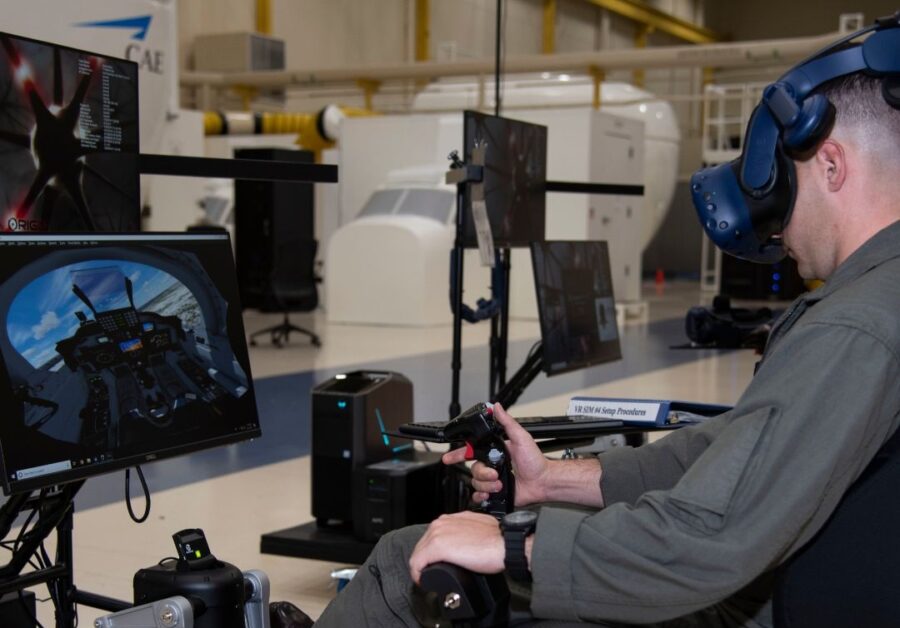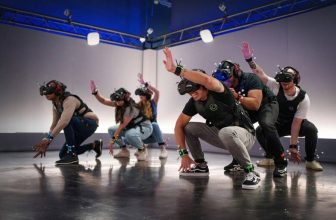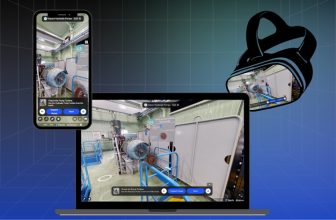
Aptima Inc., a firm specializing in technological solutions for training and optimizing human performance in defense, healthcare, and educational sectors, has recently disclosed that it has secured a contract from the Naval Air Warfare Center Training Systems Division (NAWCTSD) to advance the development of “MASTER,” a virtual reality (VR) system aimed at enhancing pilot training for spatial disorientation (SD).
MASTER (Mishap Awareness Scenario Training for Ensuring Readiness), originally created by the Aptima team under previous SBIR contracts with NAWCTSD, serves as an immersive training solution that leverages VR technology to deliver a variety of SD illusion playback videos.
As per the company, the next phase of MASTER’s development will aim at incorporating SoarTech’s Wing Mishap Awareness Narratives (WingMAN) alongside “galvanic vestibular stimulation” technology to authentically replicate the physiological impacts of spatial disorientation, in addition to a range of objective and subjective performance metrics.
What is Galvanic Vestibular Stimulation?
Galvanic Vestibular Stimulation (GVS) is a neuromodulation method that utilizes small electrical currents to stimulate the vestibular system, responsible for maintaining balance and spatial orientation, thereby producing realistic motion effects.
How is GVS Used in Pilot Training?
The use of GVS technology has been investigated for military purposes, including training and pilot simulation, according to Aptima, which pointed out that the U.S. Department of Defense (DoD) has historically utilized a combination of classroom learning, simulation-based training, and real-flight exposure to assist pilots in recognizing, mitigating, and recovering from SD.
Spatial disorientation is a significant contributor to aviation mishaps, occurring when pilots lose situational awareness and accurate understanding of their position, movement, and/or altitude in relation to the Earth’s surface. However, existing training methods fall short of delivering the authentic effects of SD that can occur in flight, and no economical training option presently available effectively combines SD illusion training scenarios with the neurophysiological impacts of SD, according to Aptima.
“Studies indicate that pilots are better equipped to manage SD when they have encountered it previously rather than facing it for the first time while flying,” stated Cherrise Ficke, Aptima’s MASTER Project Manager. “MASTER will allow pilots to experience this phenomenon in a controlled environment prior to real flight.”
Aptima expressed that the MASTER system will offer users immersive and portable SD training that not only enables them to experience an SD illusion but also allows for replaying that experience. Trainees will have the opportunity to revisit and critically analyze their SD encounters and performance throughout the training process, fostering improved awareness as their training progresses.
“The creation of this system will also require ongoing testing to calibrate GVS parameters to ensure the realistic and safe production of SD effects for all users,” added Ficke.
For further information on how Aptima is implementing physical and perceptual enhancements to boost human performance and safety in mission-critical settings, please visit the company’s website.






